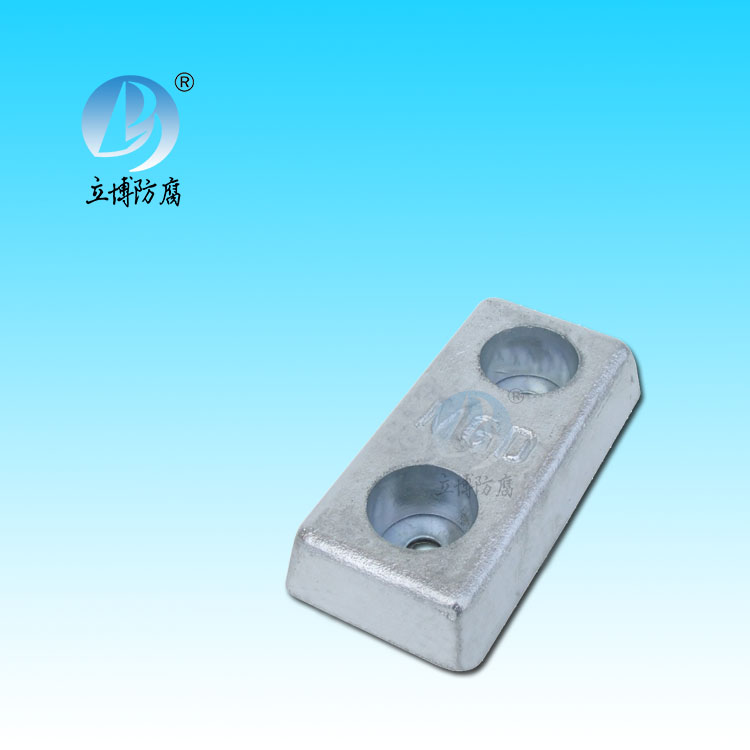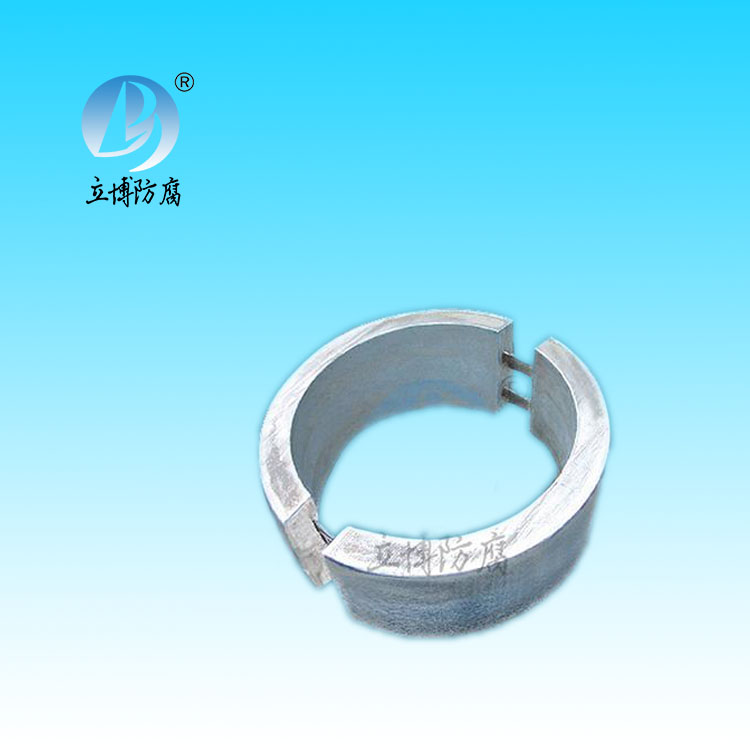News
News
- What is a sacrificial anode
- Basic requirements for reference...
- What does the reference electrode do...
- Why are zinc blocks attached to the ...
- What is the principle of impressed...
- What material does metal structure...
Contact
Phone:18739187123
hotline:0391-7588881
E-mail:970512272@qq.com
Address:Wuzhi County, Jiaozuo City, China
Industry News
Development of stray current protection
- Author:Libo
- Source:wkmeufh.cn
- Date:2021-06-11
- Click:0
The municipal corporation responsible for part of the track used ac to electrify the old steam traction technology in 1903. Two insulated conductor tracks and two driving tracks, initially with overhead wires, prevented stray current from leaking into the soil. [60] As shown in Figure 1-15, the tramway line was originally equipped with two cars. It runs between Westein and Spendurabock. For example, Siemens installed an experimental rail power supply with overhead line, which uses positive and negative electrode rails, working voltage 140V. In 1882, the first streetcar to Richfield opened, leaving the world's first direct current electric railroad. Two years later, the Berlin system's subway line. Four - rail systems still in use today include the guide. The first electric haulage was built in 1890 and the tri-rail began operation in the City of London, when the dangers of using steam locomotives to run the world's first underground line became increasingly apparent on January 10, 1863. At a Trade fair in Berlin in 1879, German engineer Werner von Siemens suggested that the electrolysis of stray currents was a new corrosion of buried pipes due to the increasing use of direct current power for civilian use and the construction of direct current electric railways. News of the destructive effects of stray currents first reached Europe from the United States in the late 19th century. In Germany, figure 1-15 Berlin tram 1882 with double overhead wires and touch rods.







 客服QQ
客服QQ